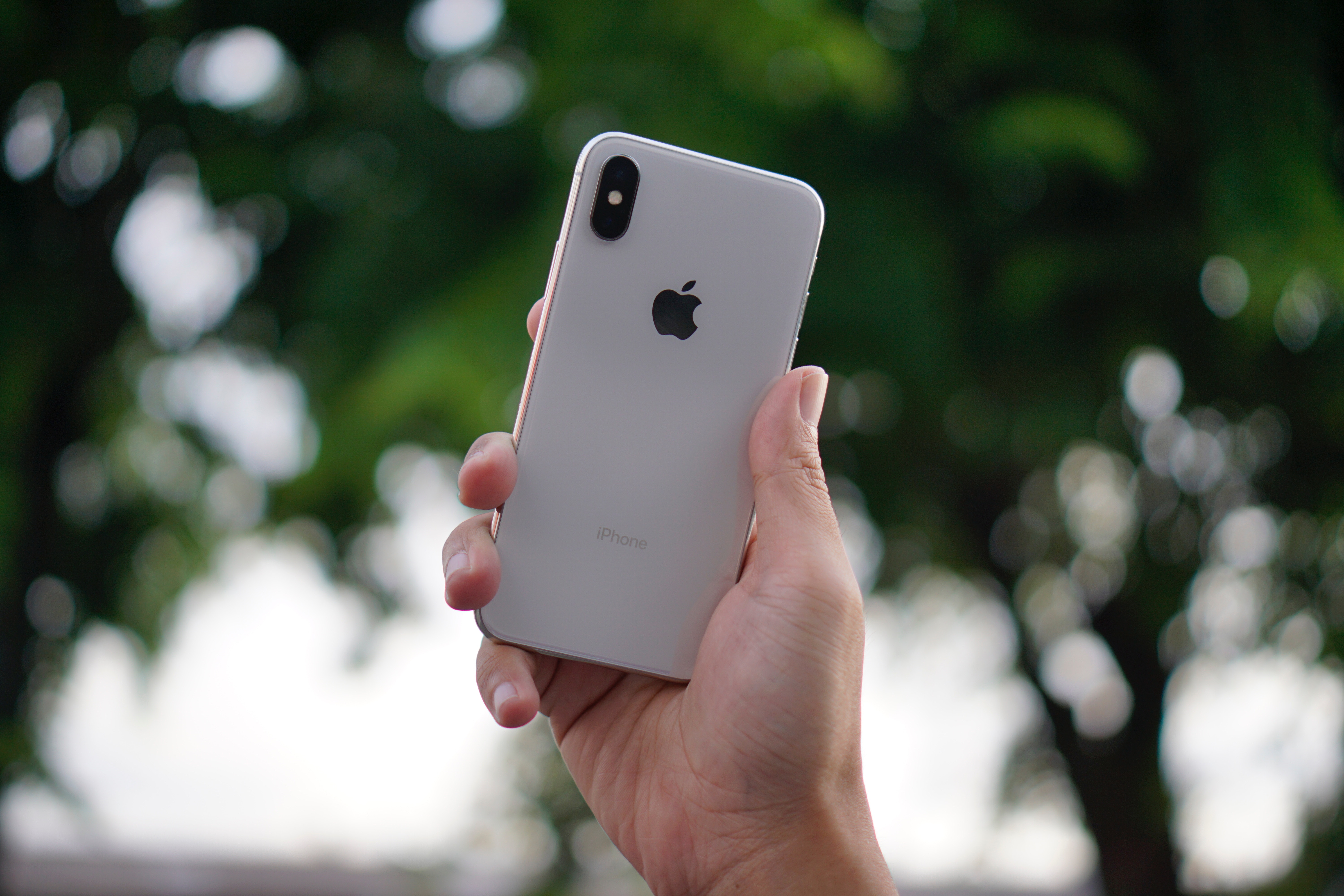Apple has implemented a feature called Battery Health with iOS 11.3. This is intended to inform iPhone users whether the iPhone battery is still healthy and working at full potential. It also displays the maximum capacity of the battery charge.
In the course of several iOS updates, the battery health function on the iPhone was finalized. Anyone looking for the feature on their iPad will be disappointed. To date, the battery health status can only be accessed on the iPhone.
How to Check iPhone Battery Health
To view the value, you must first open iOS Settings - iOS 11.3 or later is required. Then tap on Battery and go to the Battery Health level. Two relevant indicators for the actual battery health will now be displayed - maximum capacity and peak performance. It is likely that any newer iPhone will have a perfect battery with a maximum capacity of 100% or close to 100% - of course, the newer the iPhone, the better the battery should be. In the rarest of cases, a new iPhone could have a battery problem, which will be displayed as such on the Battery Health screen.
What does “maximum capacity” mean in the Battery Health section for iPhone?
All new iPhone models and iPhone batteries start with a capacity of 100%. Over time, as the battery ages and goes through many charge cycles and experiences normal wear and tear, the maximum battery capacity may drop below 100%. In practice, the further the number is from 100% maximum capacity, the fewer available battery charges there will be. However, if the number drops below 100%, it does not necessarily mean that your battery is defective or not working properly. It just means that the maximum charge is less than 100% of the original specification.
Check the maximum battery capacity on the iPhone
Apple says the following about the percentage of the battery's maximum capacity:
"Maximum battery capacity measures the battery capacity of the device compared to when it was new. Batteries start at 100% when first activated and will decrease in capacity as the battery chemically ages, which may result in fewer hours of use between charges. A typical battery is designed to retain up to 80% of its original capacity over 500 full charge cycles under normal conditions. The one-year warranty includes service insurance for a defective battery."
Currently, users cannot check the number of battery cycles on their iPhone directly through the iOS settings, but this may change at some point. If you still want to find out this value, you can either go to Apple or a certified service provider. They can determine the number of charging cycles during a diagnostic test.
What does “peak performance” mean for the iPhone battery?
The Peak Performance section shows any reported battery issues - these usually affect the performance of the iPhone itself. New iPhones will display the message "Currently, your battery supports normal peak performance," but there are other indicators as well. These will appear when there is actually a problem. The message below this section will say, "Battery performance management has been enabled. It goes on to say: This iPhone suddenly shut down because the battery could not deliver the required peak performance. Battery performance management has been adjusted to prevent this from happening in the future."
Users have the option to deactivate the function. Another message may appear if the iPhone cannot check the battery status. If this is the case, it is recommended to go directly to Apple or an authorized service partner.
How to check the battery status of your MacBook





